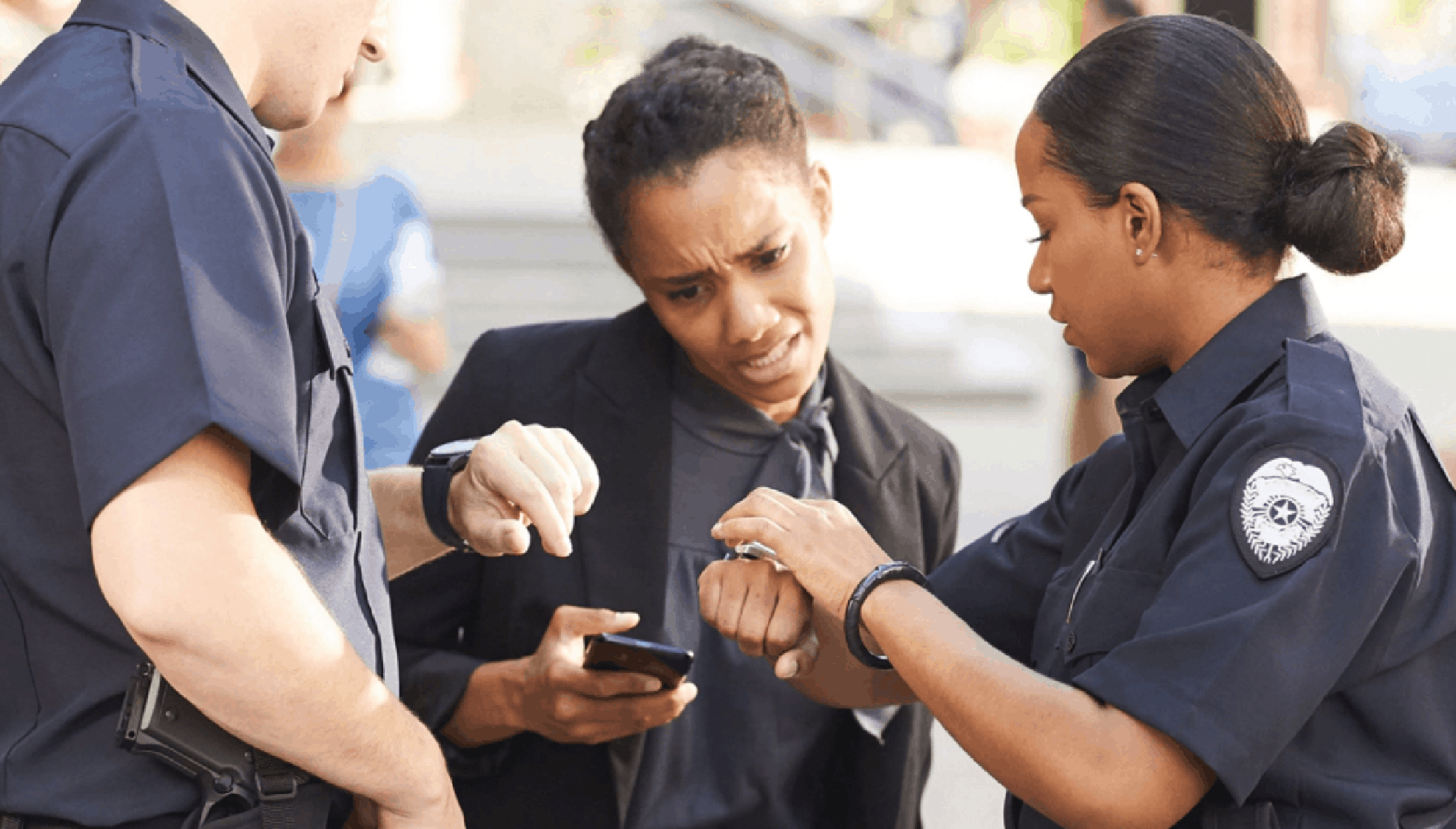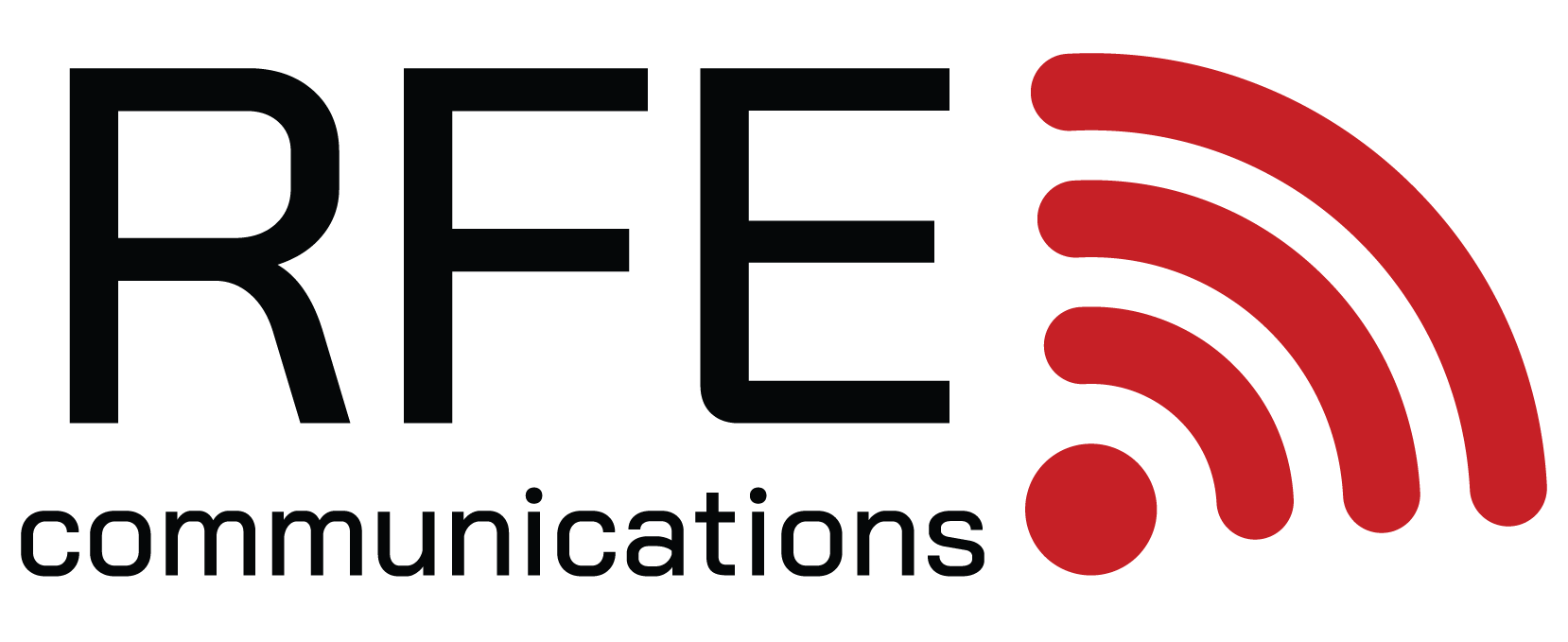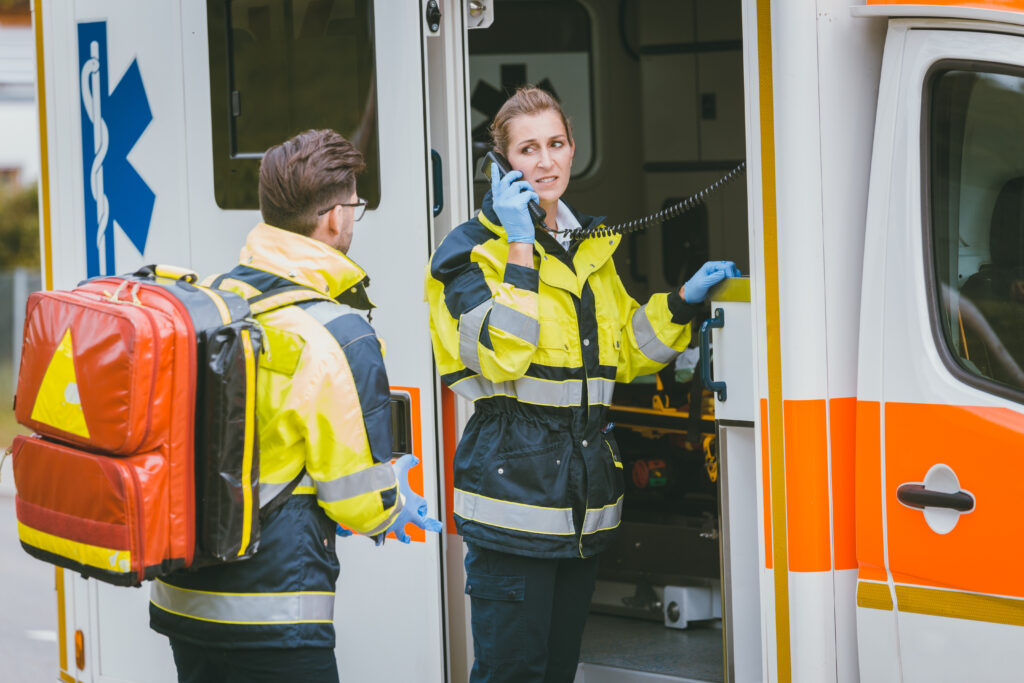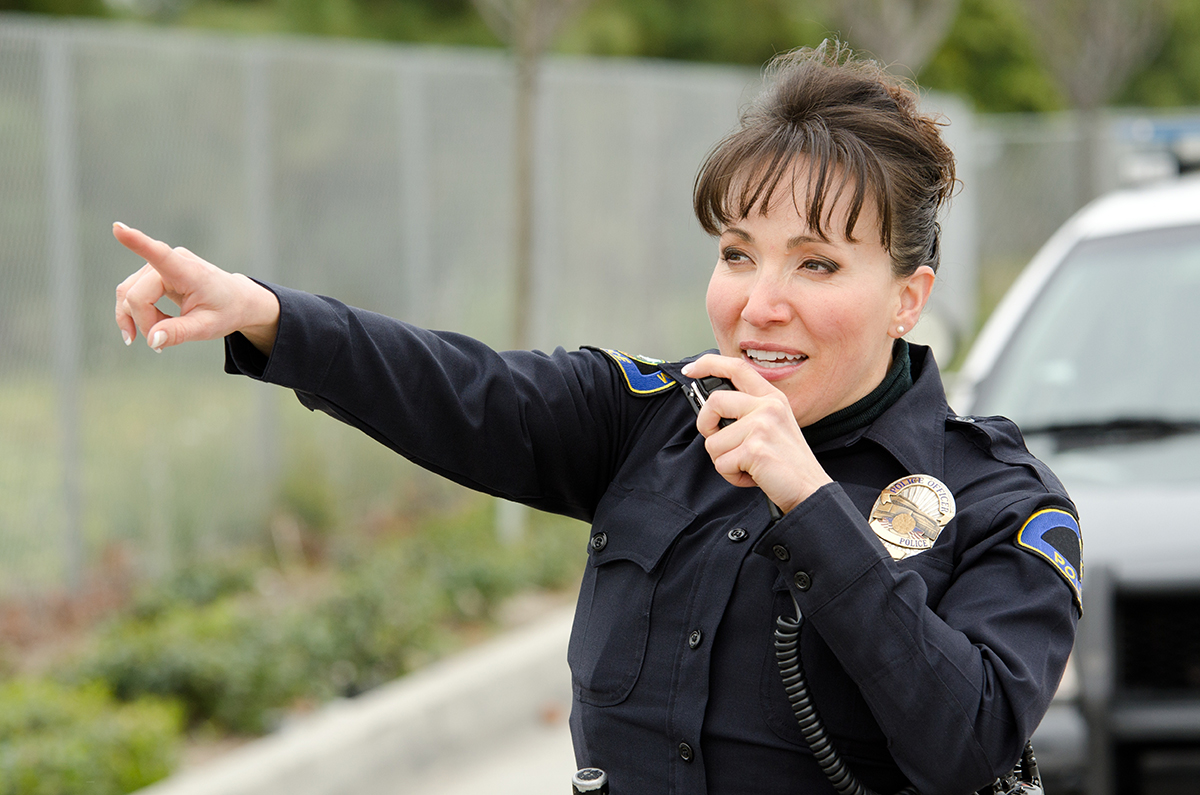Public Safety Solutions
When an emergency arises and the first responders, such as police, fire, and paramedics, arrive on the scene, many buildings are required to have what is called an emergency responder radio coverage (ERRC) system. We offer a variety of building emergency radio communication enhancement technologies meant to boost the signal for 2-way portable land mobile radios (LMR) on which first responders rely.
Improving Communication for Emergency Responders
At RFE Communications, we understand the critical importance of effective communication for emergency responders. Our solutions are designed to enhance first responder communications within any building structure, ensuring that emergency personnel can rely on their radio systems even in the most challenging environments.
Overview of the Technology Offered by RFE:
- Distributed Antenna System (DAS): Our DAS solutions amplify and redistribute external radio signals throughout a building. This ensures that every corner of the structure receives clear and strong radio frequency signals, even in areas that traditionally block or weaken reception.
- ERRCS Systems: Emergency Responder Radio Coverage Systems (ERRCS) are specifically tailored to meet the needs of first responders. These systems include components like a donor antenna to capture external signals, a distributed antenna system to spread these signals inside the building, and a battery backup system to ensure functionality in the event of a power outage.
- Reliable Communication Technology: By integrating advanced technology such as ERRCS and DAS, RFE Communications provides reliable communication solutions that adhere to building codes and local regulations. These systems are crucial for maintaining constant contact with local authorities and between team members during emergency operations.
Our commitment to emergency responder radio communication ensures that when the safety of individuals and communities is at stake, first responders have the best tools at their disposal.
What Causes Poor Signal Quality for First Responders in Buildings?
First responders face significant challenges when it comes to maintaining reliable communication inside buildings. Several factors contribute to poor signal quality:
- Building Materials: Materials such as concrete, steel, and energy-efficient glass can block or degrade radio signals from external sources.
- High-Rise Buildings: The sheer height and structural complexity of high-rise buildings can create multiple areas where radio signals do not penetrate effectively.
- Other Heavily Shielded Areas: Basements, underground parking lots, and other enclosed spaces often suffer from severely restricted signal strength.
- Radio Frequency Interference: Devices within the building or external sources can cause interference that disrupts the clarity and reliability of radio communications.
These challenges can impede the coordination and response times of emergency services personnel, affecting their ability to effectively manage crises.

Reliable Signal For Positive Outcomes
No matter what technology you implement for signal enhancements, it’s vital to have a well-constructed in-building signal infrastructure, especially during times of a natural disaster, terrorist act, fire, or medical emergency. First responders heavily depend on the signal strength of their 2-way radios in order to communicate clearly and quickly with dispatchers and administrators outside of the building, and also to communicate with those in remote areas of the same complex.
Upgrading an in-building emergency radio communication system can reduce avoidable delays between responders and assist the rescuers in a crisis situation where seconds could potentially mean the difference between a disastrous and successful outcome.
Contact Us for First Responder Communication Solutions Nationwide
RFE Communications is dedicated to enhancing the capabilities of emergency responders across the nation with state-of-the-art communication systems. Whether you’re dealing with inadequate first responder radio coverage or need a comprehensive overhaul of your existing emergency communication infrastructure, we have the expertise and technology to meet your needs.
Our nationwide services ensure that wherever you are, you can achieve optimal communication for your emergency teams. Contact RFE Communications today to learn more about how we can help you enhance the safety and efficiency of your first responder communications. Let us assist you in building a safer, more connected emergency response environment.
F.A.Q
We’ve answered some of the most common questions about first responder communications solutions here, but if you don’t see your question, just ask, and we’ll be in touch.
Who needs ERRS coverage?
All commercial buildings must provide adequate signal strength for first responders. High-rises, apartment complexes, extended care facilities, universities, warehouses, and performance venues all have applicable regulations.
When do buildings need to be tested?
If you’re planning construction, ERRS coverage should be part of your budget. New buildings should be tested once completed, with repeat inspections after remodeling or adding on, with annual testing repeats. You might also need to re-test if construction occurs next to your building or if local first responder agencies change frequencies.
What happens if a building fails when tested?
If your building doesn’t provide adequate coverage, we can help you identify state, local, and federal requirements and then design and install the products you need for adequate coverage.
How do I find out what regulations apply to me?
The National Fire Protection Association, International Fire Code, First Responder Network Authority, and International Building Code all provide information on regulations. State and local agencies may have additional requirements.



